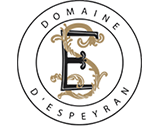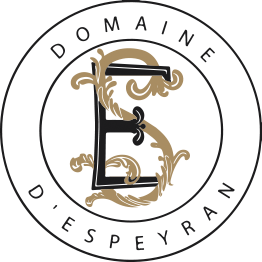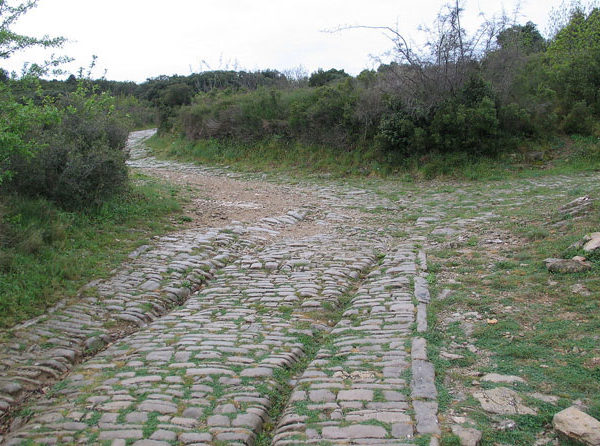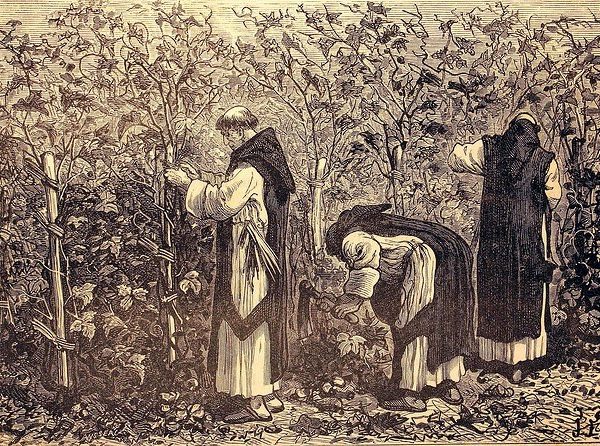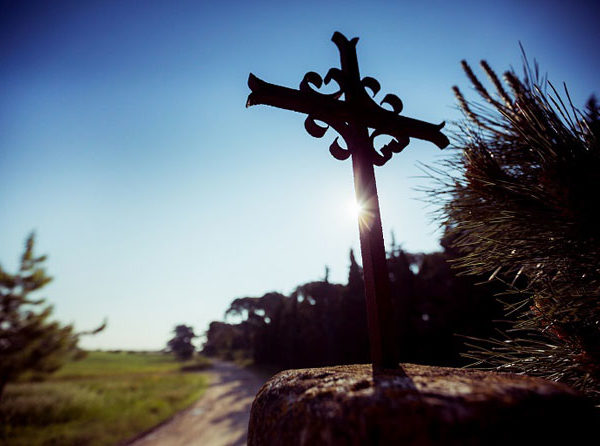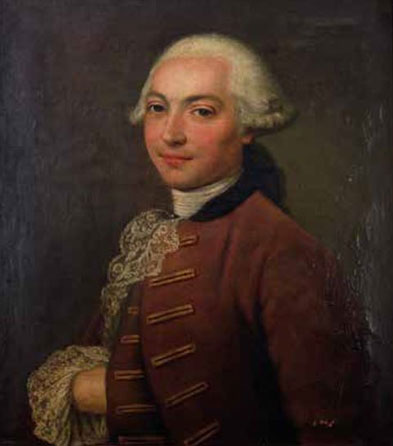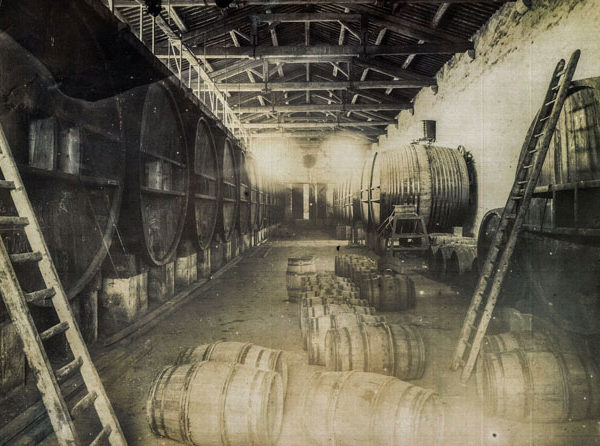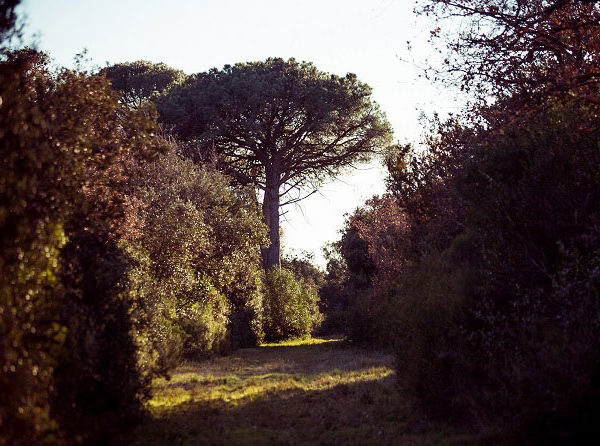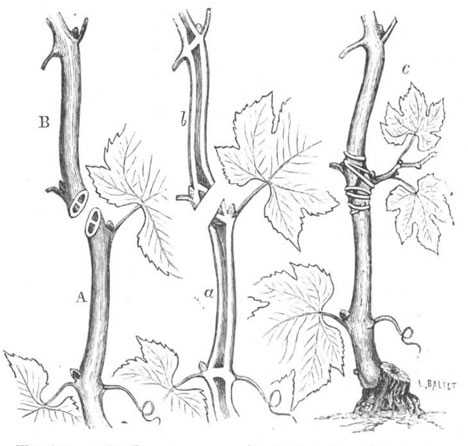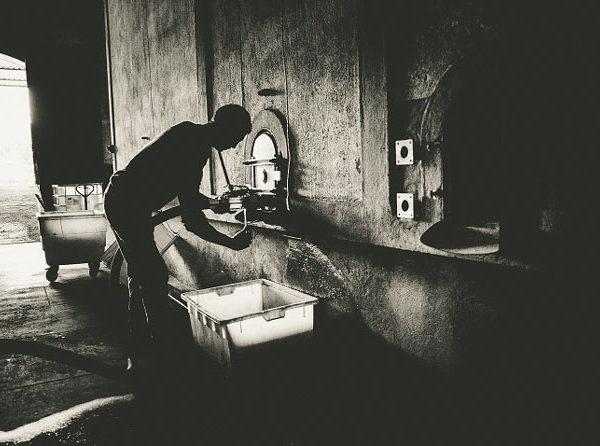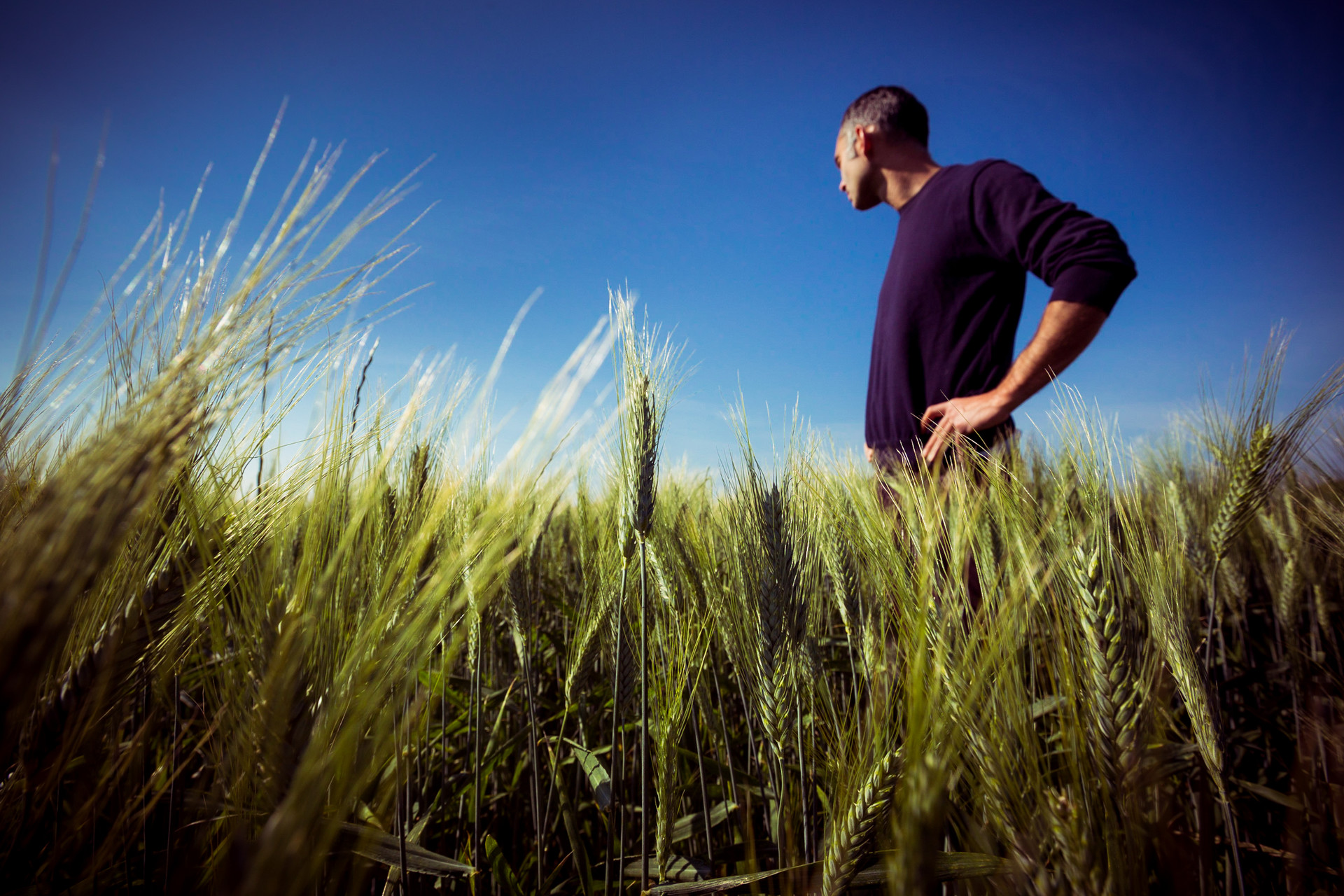
It was in the 18th century, in the south of France, near the village of Saint Gilles in the Gard, that the domain of the family Sabatier d’Espeyran was born.
The first occupations
A site whose history goes back to 27 centuries, as evidenced by archaeological excavations that confirms that this place of Camargue was inhabited by the Greeks from the sixth century BC. According to the theories, it would be the ancient Greek city of HERACLEE or the big commercial place RHODANOUSIA.
Later, it became the summer residence of the abbots of Saint Gilles in the twelfth century, the vineyard was cultivated there as early as 1257.
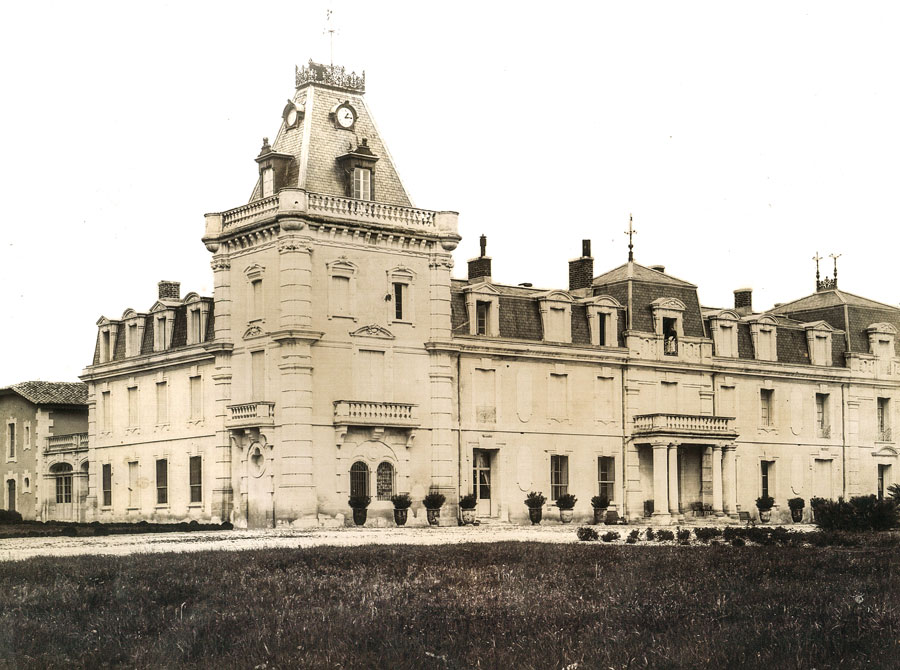
The domain Sabatier d’Espeyran
Estate history began with Guillaume Sabatier (1730-1808), whose successful business allowed him to rise to the head of a financial empire and in 1791 he acquired the castle of Espeyran and his domain.
He then undertook major work by building a resort and reception area at the center of his farm. The vineyard was planted in 1796 and became the main crop of the property.
In 1815 Sabatier acquired the Ribasse wood located north of the castle to further enlarge the vineyard.
In 1818, his heir, Jean-Baptiste Félix Sabatier dies prematurely at the age of 33, leaving his widow to bring up his three sons Frédéric, Félix and François.
Businessmen, aesthetes and patrons were very inspired by the unique environment of the property: the majestic expanse of the plain, the beauty of the surrounding hills, the wealth of the marsh, the romanticism of the little wood, the diversity of fauna and flora, all in one of the sunniest places in southern France …
D’abord, le lieu est propice aux activités ludiques chères à leurs cœurs et à leur rang.
At first, the place was dedicated to fun activities dear to their hearts and rank.
Frédéric, the eldest son and businessman, took the role of the head of the family. He found in Espeyran the free field to indulge in his passion for horses. Félix, the gentleman-farmer, worked in the area of farm management, devoting himself to his favourite pastime: hunting … François, the youngest and probably the most original of the three, was a regular in theaters, opera and literary salons where he meets the beautiful minds of his time: Victor Hugo, Alfred de Vigny … For the record, he was also the only one to have a love marriage with an opera singer against maternal advice, which forced him to a little retreat in Italy near Florence.
Decoration, infrastructure, rehabilitation, innovation … in Espeyran, everyone left an imprint of his passion.
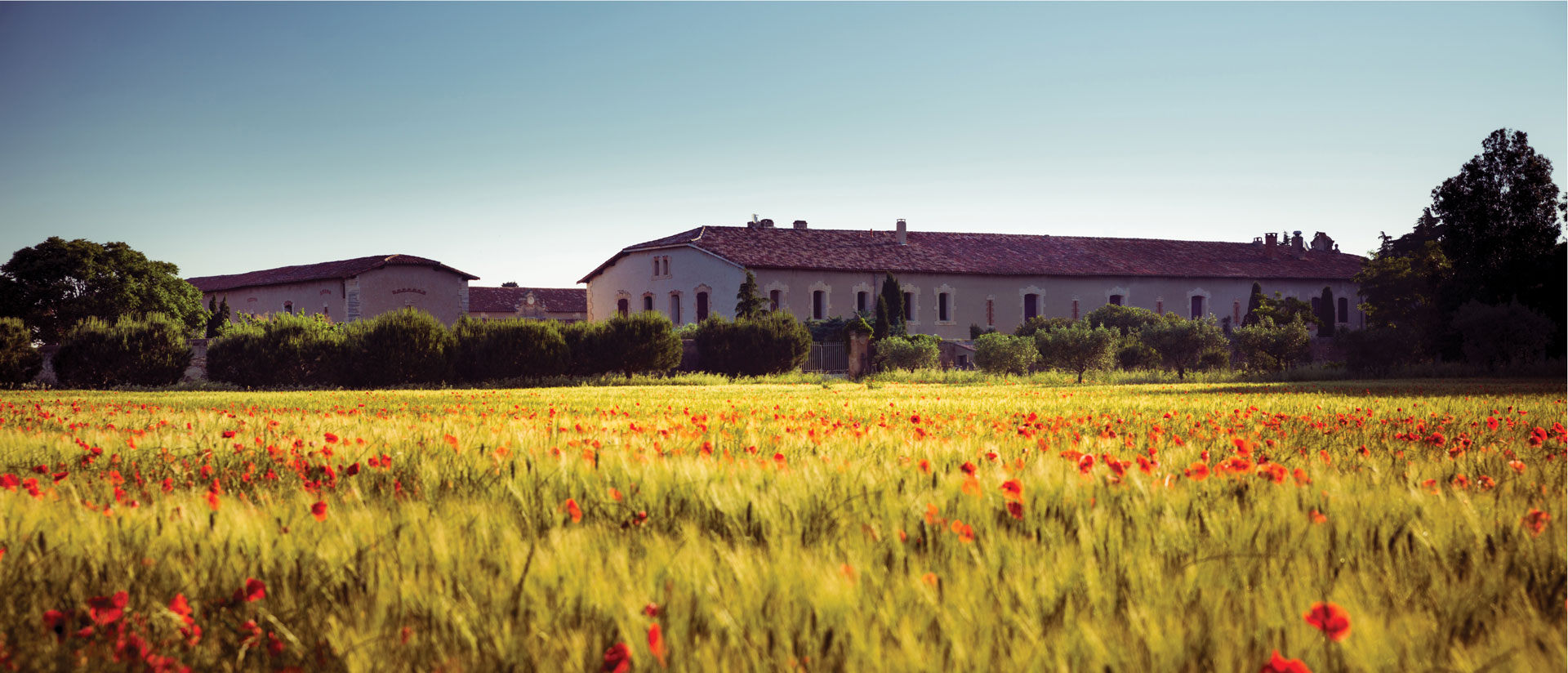
Beyond a haven of peace and retirement, everyone contributed to make the field a model in agricultural and stud farm.
Indeed, they were also great managers of their farms and vineyards. Each of them put his talents and attributes to the service of the property. If Frédéric was passionate about breeding racehorses in the stables of Espeyran, François looked at the grafting problems of vines.
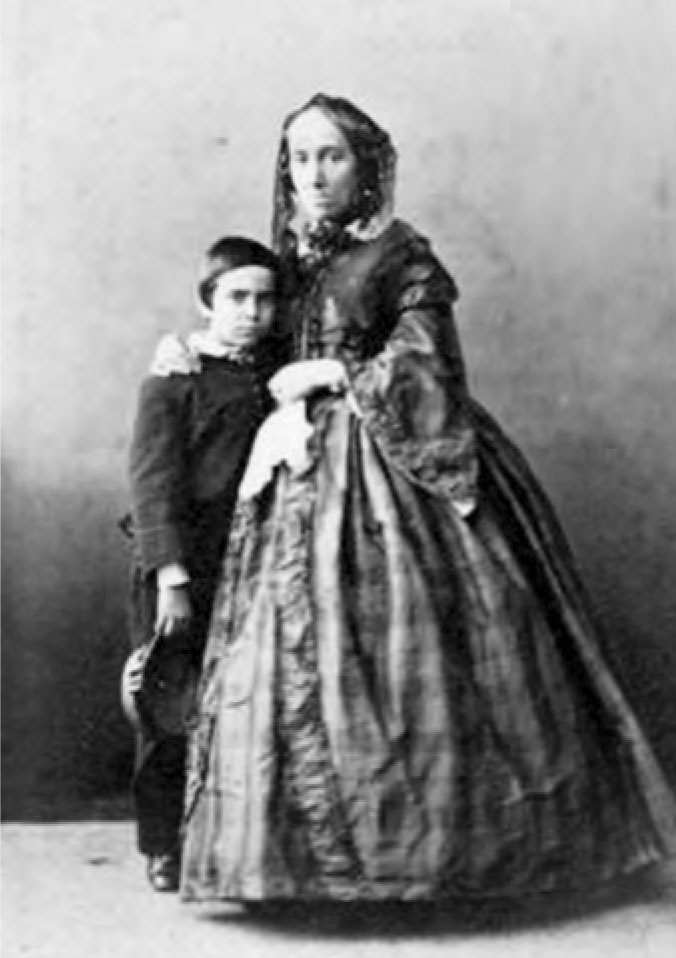
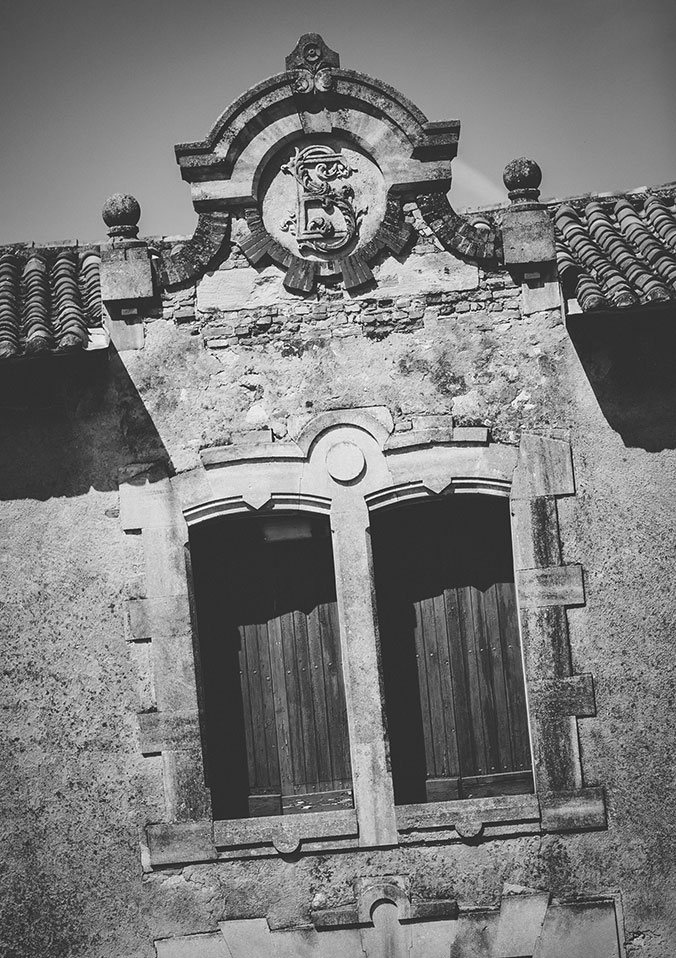
Under the authority of Frederic their name was linked to the domain: the family is now called Sabatier d’Espeyran. In 1864, Guillaume, Frédéric’s son, introduced new grape varieties to further improve the quality of the wines and in 1879 he decided to introduce the American plants/ vine stock to fight against the phylloxera crisis.
Félix, the last of the three brothers died in 1894 and the Sabatier d’Espeyran fortune was concentrated in the hands of Guillaume, the son of Frédéric Sabatier d’Espeyran and the only heir of his generation. Guillaume, himself had 4 heirs: Frédéric, Pierre, Robert and Guy who is the great-grandfather of the current winemaker: Blaise de Bordas, the 9th generation of family winemakers.
Today, the descendants of the Sabatier d’Espeyran family, the Bordas family, cultivate the Domaine’s 550 hectares, including 60 hectares of vines, and still vinify the fruit of the vineyard in the Château’s grand cellars itself.
- VIth C. BC
- XIIth C.
- 1538
- 1791
- 1796
- 1815
- 1879
- 1950
- 2017
- 2022
-
VIth C. BC
The archaeological remains show the first occupations: Heraclea or commercial place of RHODONOUSIA -
XIIth C.
The summer residence of the abbots of St Gilles, the monks already cultivated the vineyard -
1538
The woods of Espeyran is protected by the Pope Paul III and preserved (prohibition to clear it) -
-
-
-
1879
Introduction of American plants/ vine stock to control Phylloxera and to develop vine grafting techniques. -
-
2017
Blaise de Bordas, grandson of Françoise Sabatier d’Espeyran takes over the farm. The 9th generation of the Sabatier d’Espeyran family vinifies its first cuvee « L’Envol » -
